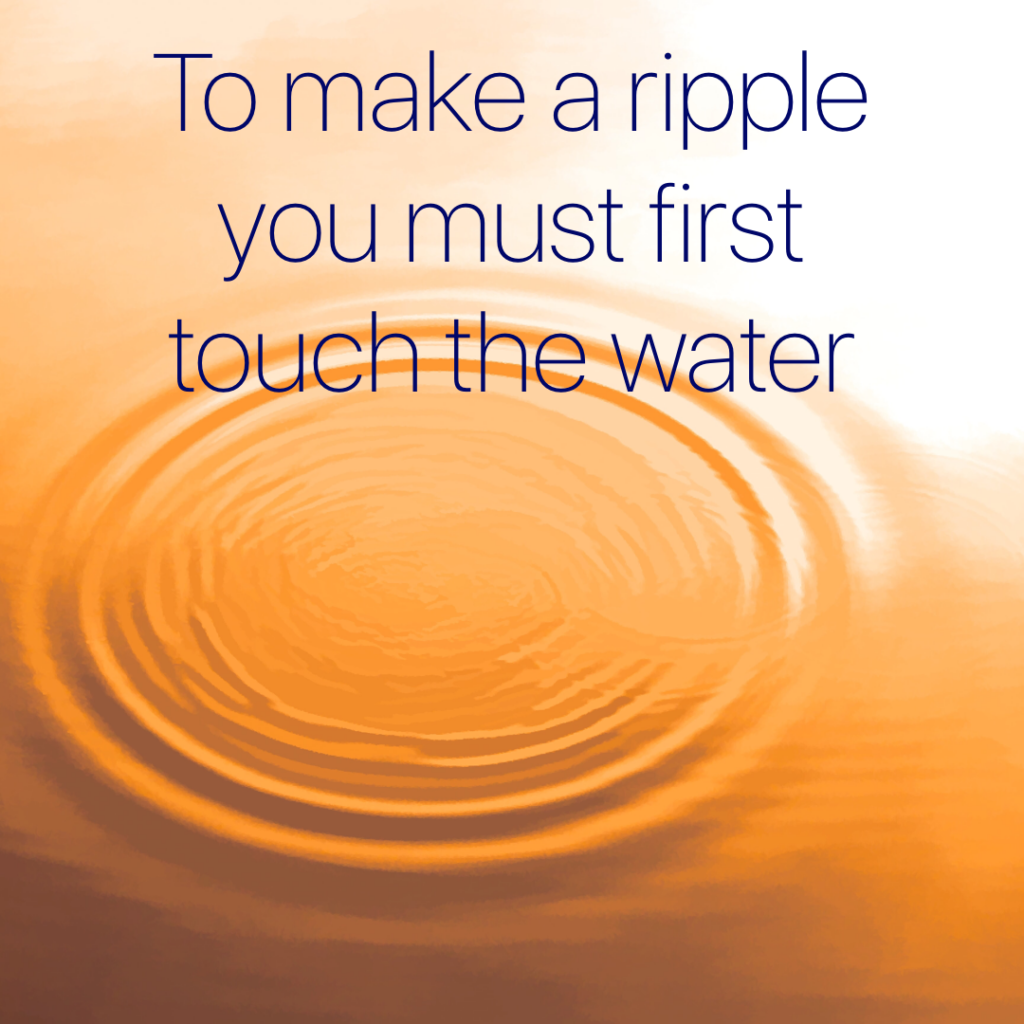There is a certain zen in understanding Twitter. While the microblogging network has evolved over the years, it still serves the purpose it was supposed to: bring text messaging to a community conversation level. While I was not a fan of text messaging in 2006 when Twitter started, I quickly saw the benefit of group text messaging in a platform you could manage it. Twitter was perfect. And I benefited greatly from that understanding.
A young lady reached out to me recently with several questions about Twitter. She used terminology like, “when people go to my Twitter page,” and “I post things and no one responds.” Coincidentally, in order to better cope with the stresses of life, I’d recently dived deep back into my meditation practice, so I was feeling very zen.
 My response was to help her see the answers, not answer myself. I responded with things like, “Why would anyone go to your Twitter page? When people login to Twitter, they don’t go to people’s pages. They see the stream of people they follow.” Then with responses like, “So how many people’s posts are you responding to? Are you talking and not listening? Maybe that is the problem.”
My response was to help her see the answers, not answer myself. I responded with things like, “Why would anyone go to your Twitter page? When people login to Twitter, they don’t go to people’s pages. They see the stream of people they follow.” Then with responses like, “So how many people’s posts are you responding to? Are you talking and not listening? Maybe that is the problem.”
After a few messages back and forth, she understood. She was looking at Twitter as a one-way publishing tool. It is a multiple-direction conversation tool. A blog used as a thought leadership platform or magazine style publishing mechanism is a (generally) one-way publishing tool. The content better be good or people won’t come there to see it. Twitter is a place to mosey over to a conversation you are interested in having with other smart, engaged people. You participate. You give and get. You talk and listen.
The one-way broadcasters may have something good to say and people will follow them. But most accounts with that approach generally fail. That’s why brand accounts with high levels of responsiveness and a customer service angle are so popular. Brands that spit out ads and coupon links are boring. No one wants to talk to them.
The back and forth with this young lady inspired me to start a new Twitter and Instagram account to share more zen-like marketing philosophies. It will also manifest itself into a more formal business coaching offering soon. Don’t worry. I’m not going to become and advertisement stream for coaching services. But the opportunity will be there for anyone who needs similar guidance and reassurance in their marketing.
For now, to inject a little marketing zen into your streams, you can follow @TheMarketingZen on Twitter and Instagram. I hope you’ll find it useful.
Cover Photo by Sean Stratton on Unsplash. Image from Instagram post by John Peters on Unsplash

